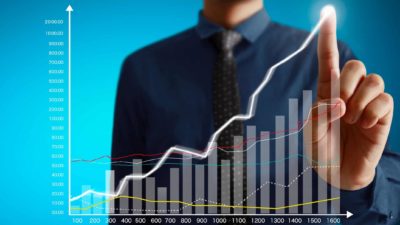Does the S&P/ASX 200 Index (ASX: XJO) just follow the United States markets? Do we even need to watch the ASX when we could really just watch the Dow Jones or the Nasdaq?
These are the questions we'll be answering today.
If we look at the recent performance of the ASX 200 index (the largest 200 Australian shares) in conjunction with the S&P 500 Index (the largest 500 American shares), some striking resemblances do become apparent.
Just take a look at this graph of the ASX 200 – represented here by the iShares Core S&P/ASX 200 ETF (ASX: IOZ).

Now, compare this with the S&P 500 – represented here by the iShares S&P 500 (AUD Hedged) ETF (ASX: IHVV)

Look familiar?
Digging a little deeper, the ASX 200 and S&P 500 both had their 2020 peaks on 20 February (Australian time).
Then, the ASX 200 fell 36.53% between 20 February and 23 March where it found its bottom for 2020 so far.
The S&P 500? It fell 33.92% over the same period and also found its lowest point for the year on 23 March.
Since then, the ASX 200 has risen approximately 35% off these lows. The S&P 500 is up ~43%.
So we have a same-day peak, a same-day trough and very similar gains and losses in between for both the US and Australian markets in 2020.
My forensic conclusion? Eerily similar.
What does this mean for ASX 200 investors?
As much as we might like to think that our own Aussie markets are independent of the US, the data doesn't suggest this conclusion.
Of course, there will always be localised nuances that move each market independently of the other. But on the 'big issues', it would appear that the American dog is wagging the ASX tail most of the time.
That, in turn, means that we all need to be watching the US markets like a hawk in my view (or more accurately, like a dove). The US Federal Reserve has been pumping an unprecedented amount of cash into the American financial system – far more than our own Reserve Bank of Australia (RBA) has been doing here. This, I think, is partly responsible for the massive rally in US shares we have seen over the past 2½ months. And it will also likely be the most influential force driving the markets over the rest of the year, in my opinion.
So if you're aspiring to be a 'serious investor' but you don't take an active interest in what the US markets are doing, it's probably a good idea to change that habit. As much as we'd like to think of ourselves as 'independent' of the US, the data shows this is not really the case.









